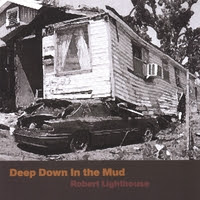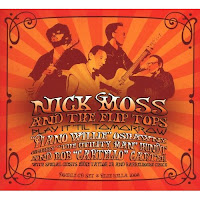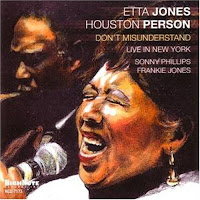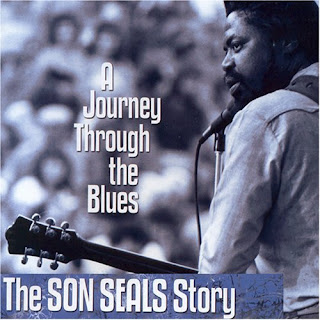Post: Updated November 7. Ruf has updated its website discussing
Underground, supplementing its original release notes and suggesting a recording date of 1967-1968. When I drafted the original blog entry, the release notes were what is labeled the original release notes after Rien Wisse's updated release notes. The fact that Ruf acknowledged and corrected the error it is quite commendable. below is my original post as of November 2
Ruf Records has issued a CD of Luther Allison,
Underground. In the release notes on the
website it is stated:
"The discovery and release of Luther Allison's 1958 debut recording represents a blues find that surfaces with all the excitement of some long forgotten historical document. After sitting for 50 years in the home of Luther's wife, Fannie Allison, Luther's son Bernard unearthed these monumental recordings to show the music world the portrait of this artist as a young man."
Later, Art Tipaldi closes these notes,"One researcher note. The first tune here is titled "Hide Away." Research shows that Freddie King took portions of "Hide Away" from Hound Dog Taylor instrumental and that King didn't record that song until 1960. Could this then be the first recorded version of "Hideaway"? Gentlemen, start your search engines."
A sticker on the CD that I saw in a store states that these are 1958 recordings and never previously issued. This not true. First of all these recordings were previously issued and sold. I know because I bought a vinyl lp from Luther in 1971 called
Underground with the 8 tracks that have been reissued. It was sold by Luther as if it was bootleg (I suspect he was still under contract to Delmark). The simple album label stated it was produced by Bobby Rush. Unissued. I suggest not.
The suggested 1958 recording date (the date taken from a Bobby Rush recollection) does not stand up to simple scrutiny. Nice fantasy to suggest that it might be the first recording of
Hideaway, but one of the songs on this disc, the cover of the Ricky Allen classic,
Cut You Loose, was not recorded until around 1963 (Allen did not even arrive in Chicago until 1960) so that if you want to suggest this is the earliest recording of
Hideaway, then you also have to make the incredible claim that Luther made the first recording of
Cut You Loose as well.
I suggest this was recorded between 1968 and 1970, after Luther's Delmark album was issued. It might have been intended primarily as a demo to be shopped to a bigger label which Luther also sold at gigs. Three of the eight songs on this were redone on Luther's 1972 Motown debut,
Bad News is Coming, and Freddy King's
The Stumble is on the Motown instead of
Hideaway. I point out that no one should not be surprised that Allison performed and recorded King's instrumentals as he took over King's Chicago bar gig when the Texas Cannonball started touring because of the success of his classic Federal Recordings.
On the Post-War Blues List on Yahoo, Klaus Kilian first observed that "Cut You Loose" was recorded after 1958. He stated "Apparently Bobby Rush remembered the date wrong and [Ruf] took his word. However, anybody listening to the music who knows anything about the development of postwar blues should be able to realise that these tracks couldn't be from 1958. I mean, "Don't Start Me Talkin'" with a funk beat? "Cut You Loose" recorded years before Ricky Allen's 45? And with the exact same arrangement Luther did for Motown a little later?"
It will be interesting to see how many reviewers parrot the release notes. I would not be surprised to see a number reviewers out there get this wrong.
Added on November 7:













